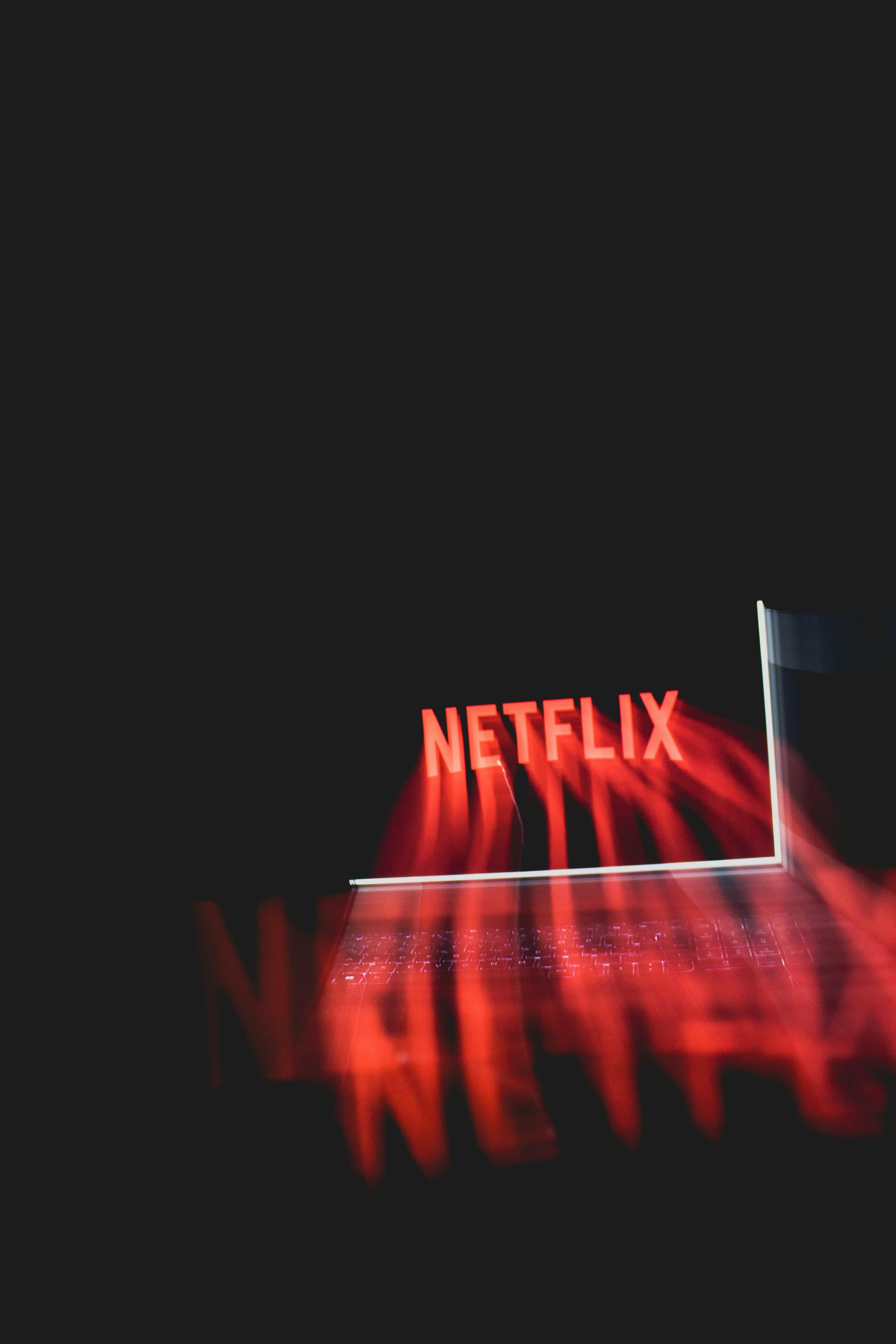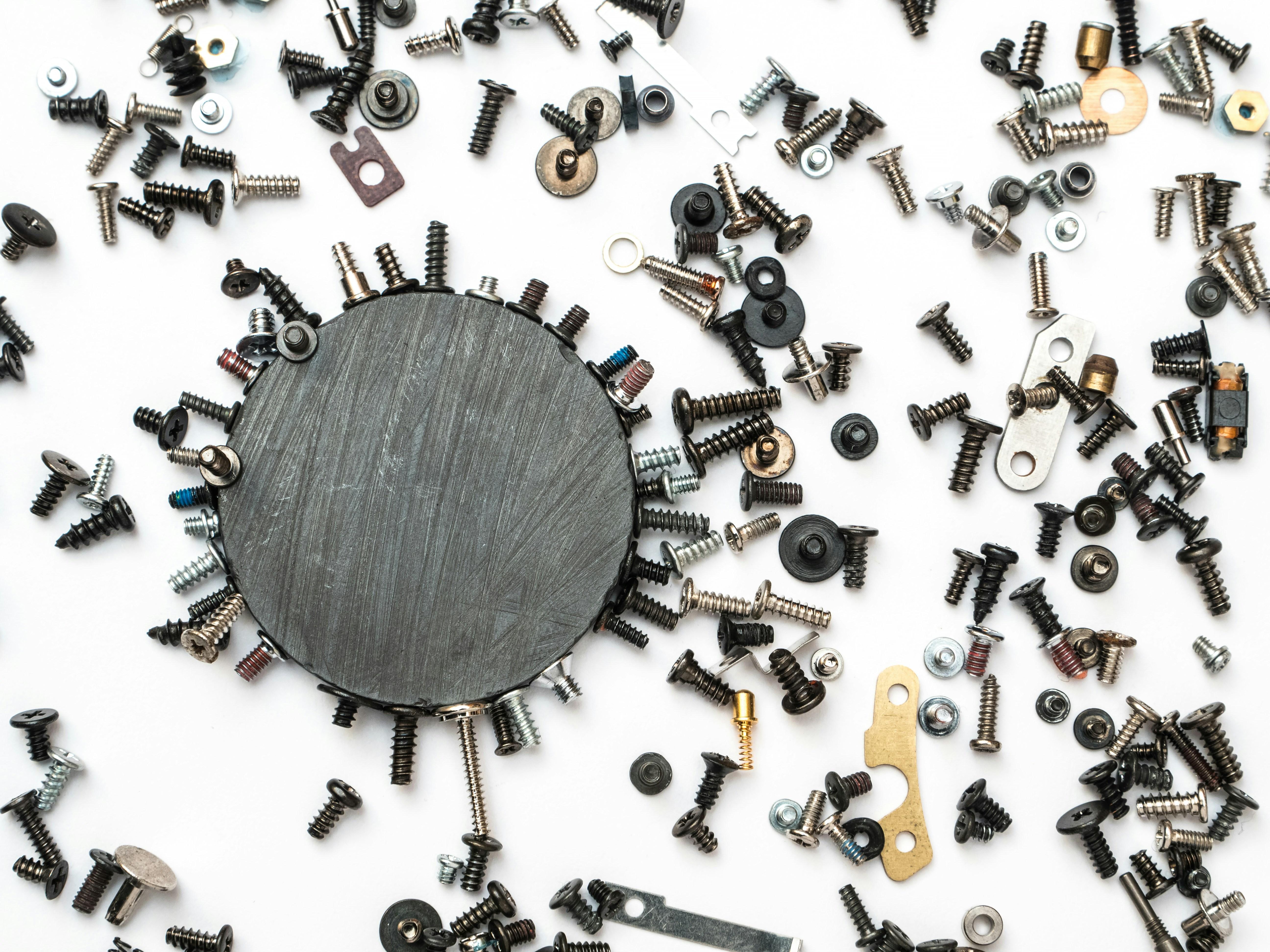In an era where streaming has become the cornerstone of home entertainment, consumers are often faced with a critical decision: invest in high-end streaming devices or opt for budget-friendly alternatives. While the latter can be appealing due to their cost-effectiveness, questions about their long-term reliability and performance persist. This article delves into the intricacies of budget streaming devices, examining whether their affordability compromises their durability and functionality over time. By analyzing user experiences, expert opinions, and technical specifications, we aim to provide a comprehensive overview to help you make an informed decision.
Evaluating the Build Quality and Longevity of Budget Streaming Devices
When considering budget streaming devices, one key factor is their build quality and longevity. Budget-friendly options often come with trade-offs, particularly in the materials used and the internal components. Lower-priced devices might utilize cheaper plastics, which can lead to wear and tear over time. Internally, these devices might lack the robust processors and high-quality components found in their premium counterparts, potentially affecting performance and lifespan.
- Materials: Many budget devices use lightweight plastics, which can be less durable.
- Components: Cheaper processors and memory can result in slower performance and a shorter lifespan.
- Updates: Limited software updates may hinder long-term functionality and security.
While these devices may serve well in the short term, users should consider the potential need for frequent replacements. Evaluating user reviews and manufacturer support can provide insight into a device’s durability and long-term viability. Investing in a slightly higher-priced option might offer better reliability and overall value over time.
Comparing Software Support and Updates Across Price Tiers
When evaluating streaming devices, one crucial aspect to consider is the support and update cycle provided by manufacturers. Higher-priced models often come with the promise of more frequent and comprehensive updates, ensuring compatibility with the latest apps and services. These updates can enhance security, improve user experience, and add new features, offering peace of mind for users who prioritize long-term reliability.
- Premium Tiers: Typically offer regular software updates, extended support timelines, and prompt security patches.
- Mid-Range Options: May provide moderate update frequencies, balancing cost and ongoing support.
- Budget Devices: Often receive infrequent updates, with some models becoming obsolete shortly after purchase.
While budget-friendly devices might seem attractive initially, the lack of consistent updates can lead to issues with app compatibility and security vulnerabilities over time. Weighing the upfront savings against potential long-term drawbacks is essential for making an informed decision.

Understanding the Impact of Hardware Limitations on User Experience
When considering budget streaming devices, it’s crucial to recognize how hardware limitations can affect user experience. These devices often come with reduced processing power, minimal RAM, and limited storage capacity, which can lead to several issues over time. Users may experience slower load times, lag during playback, and frequent buffering, especially as apps become more demanding with updates.
Moreover, budget devices may lack support for the latest connectivity standards, resulting in inconsistent streaming quality and potential compatibility issues with newer technology. Common drawbacks include:
- Outdated software support, leading to security vulnerabilities.
- Limited app availability, restricting access to certain streaming services.
- Inferior build quality, increasing the likelihood of hardware failures.
While these devices may offer initial cost savings, their long-term reliability and performance can significantly impact user satisfaction and may necessitate more frequent replacements.

Balancing Cost and Performance for Optimal Long-Term Value
When considering streaming devices, striking the right balance between cost and performance is crucial for ensuring long-term value. Budget devices often come with attractive price tags, but they may lack the robust hardware and software support necessary for future-proofing. While they might suffice for basic streaming needs today, they can quickly become obsolete as technology advances and content platforms demand more processing power.
On the other hand, investing in a mid-range or premium device might seem costly upfront, but it often pays off in the long run. These devices typically offer:
- Regular software updates that enhance functionality and security.
- Superior hardware capable of handling high-definition and 4K content effortlessly.
- Comprehensive support for a wider range of apps and streaming services.
Ultimately, the decision should hinge on your viewing habits and future expectations. Opting for a device that balances affordability with performance can ensure a more reliable and satisfying streaming experience over time.



